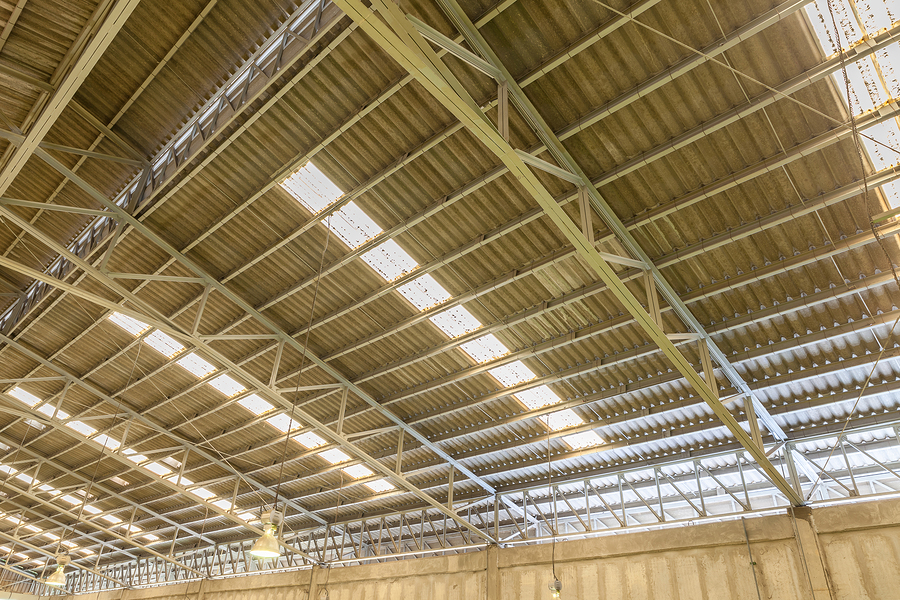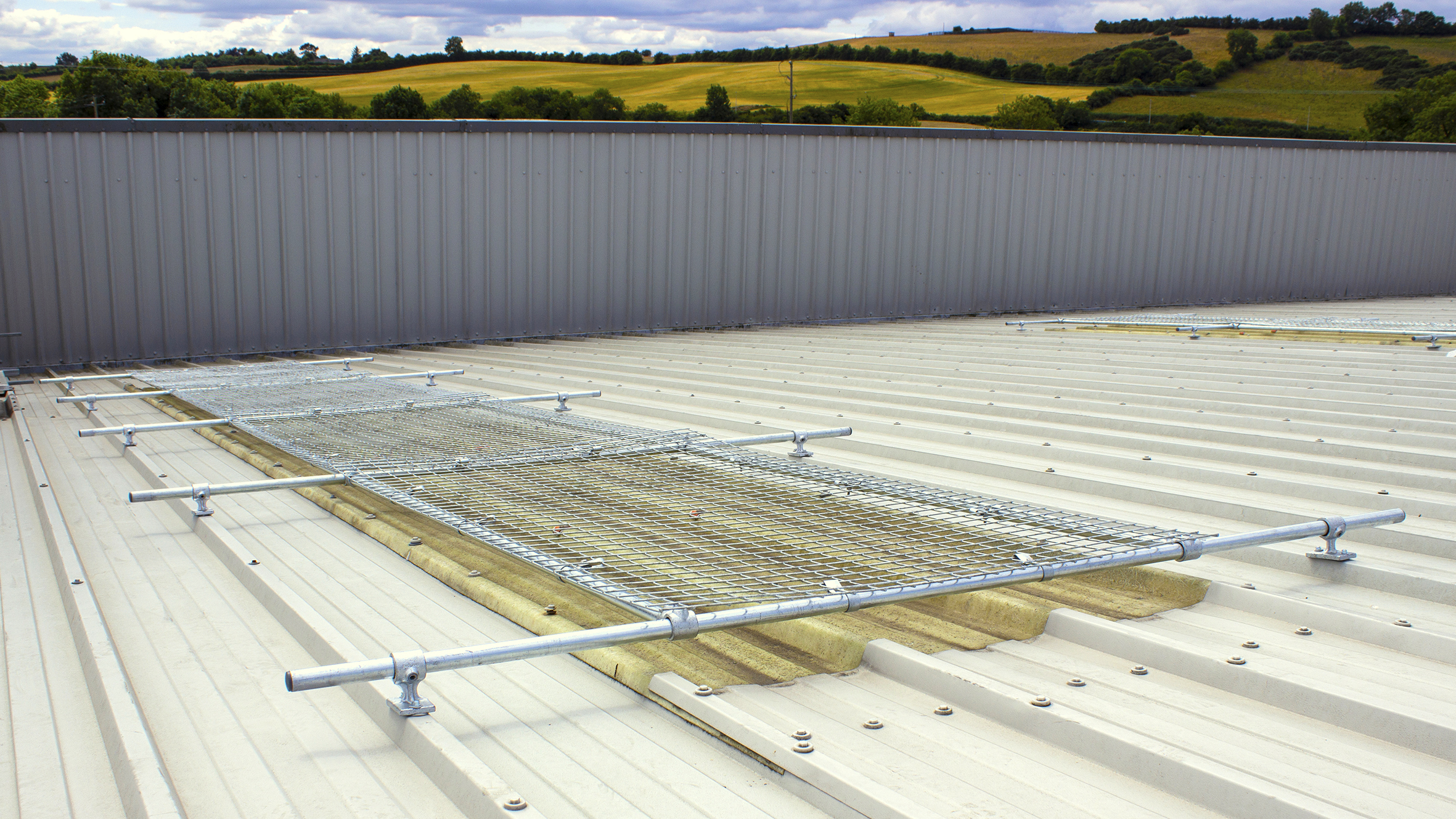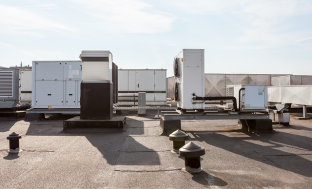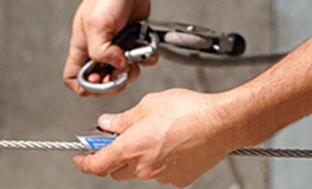latest news
The hidden danger on Scotland’s roofs

When it comes to working on roofs, many people assume the greatest danger comes in the form of falling over the roof edge.
Much has been written, including by us, about the importance of ensuring edges are properly protected, and that all workers are provided with the correct equipment to ensure they are not put at risk.
However, there is another danger lurking on the roofs of the UK, and you might not even know it’s there.
The hidden danger
We have written previously about the dangers of fragile roofs, but you might not know that more people fall through roofs than off them.
Typical fragile risks include:
- Non-reinforced fibre cement sheets
- Asbestos cement sheets
- Corroded metal sheets
- Slates and tiles in poor condition
There is another, hidden risk, however, in the form of roof lights.
Over time, roof lights can become covered in debris or vegetation, obscuring the glass and creating a serious danger. They may also have been painted to reduce glare, or even become discoloured over time. According to the HSE, seven people a year are killed due to falling through fragile roof lights.
If it is so easy for roof lights to become obscure, then you might think that they must at least be designed to take the weight of a person should they step onto it accidentally.
This isn’t the case. Whilst roof lights are required to be ‘man safe’ upon installation, over time they can become worn and brittle, and there is no legal requirement to have them replaced. Once a roof light is installed, it is no longer safe.

Staying safe around roof lights
If you have a health and safety responsibility for a site with roof lights, there are some simple rules you can follow to ensure that anyone accessing your roof is kept safe:
- Always assume a rooflight is fragile
- Never let a roof where there are roof lights be accessed without the right fall protection equipment and skills and experience to use it correctly
- If possible try to carry out work from ground level, from a MEWP or tower scaffold
- As always, make sure anyone you ask to work on a roof is experienced, competent and aware of the risks
- Ask anyone carrying out work on your behalf for a method statement showing how they plan to work safely
- Anyone accessing the roof MUST be made aware of any roof lights and where they are on the roof
- Stop any work if it is not being done in line with the method statement or it looks to be unsafe.
The best way to protect against the dangers posed by a roof light, however, is to install a form of protection over it to prevent a person falling through it.
Designed for standing seam roofs, Kee Cover is a quick and easy solution to the danger of fragile roof lights, consisting of a strong mesh panel mounted onto a metal frame. The standard mesh panels are 2m long and 1m wide, and 2m or 1m long x 1m wide extension panels are available for larger roof lights.
The panels can either sit virtually flat against the roof or slightly higher on small legs, providing a greater distance between the mesh panel and the roof light, protecting it should anyone fall onto the panel.
If you are concerned that your roof is not safe due to fragile panels or roof lights, you should stop work immediately and seek the help of a competent third party.
For more information, call Roof Edge on 0141 949 1014, or use our online contact form.





